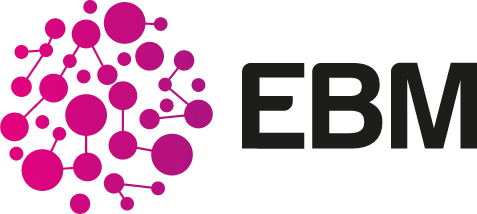frontend Development
Our Happy Clients







Frontend DEVELOPMENT AGENCY

ENHANCE YOUR frontend development

Embrace Modern Web Technologies
Optimize for Performance
Accessibility and Usability
See more conversions into leads and customers
Are you ready to see your revenue skyrocket?
frontend DEVELOPMENT SERVICES
Custom Frontend Development
Tailored frontend development services that create unique and interactive web interfaces aligned with your specific design and functionality requirements.
Frontend Frameworks and Libraries
Utilization of popular frontend frameworks and libraries such as React, Angular, or Vue.js to build dynamic and feature-rich web applications.
Responsive Design Implementation
Expertise in implementing responsive design principles to ensure your website or web application looks and functions flawlessly on all devices and screen sizes.
UI/UX Design
Collaboration with UI/UX designers to create intuitive and visually appealing web interfaces that prioritize usability and engagement.
frontend DEVELOPMENT PROCESS
Project Discovery
The process begins with a thorough project discovery phase to understand client requirements, goals, and the target audience, laying the foundation for the project.
Wireframing and Prototyping
Designers create wireframes and prototypes to visualize the web interface, outlining layout, navigation, and functionality before diving into full-scale development.
Design Conceptualization
The visual design phase involves selecting color schemes, typography, imagery, and interactive elements, ensuring alignment with the client's brand and design preferences.
Responsive Design
Development focuses on creating a responsive layout, ensuring that the website adapts seamlessly to various screen sizes and devices.
HTML/CSS Coding
Frontend developers write clean HTML and CSS code, bringing the design to life and ensuring pixel-perfect alignment with the visual concept.
JavaScript Implementation
Interactive features and functionalities are implemented using JavaScript, enhancing user experience and engagement.
Testing and Debugging
Rigorous testing is conducted to identify and resolve any compatibility issues or bugs, ensuring the website functions smoothly.
Deployment and Optimization
Once the website is thoroughly tested and approved, it is deployed to a live server. Post-launch, ongoing performance optimization and updates are conducted as needed.

Project Discovery
The process begins with a thorough project discovery phase to understand client requirements, goals, and the target audience, laying the foundation for the project.

Wireframing And Prototyping
Designers create wireframes and prototypes to visualize the web interface, outlining layout, navigation, and functionality before diving into full-scale development.

Design Conceptualization
The visual design phase involves selecting color schemes, typography, imagery, and interactive elements, ensuring alignment with the client's brand and design preferences.

Responsive Design
Development focuses on creating a responsive layout, ensuring that the website adapts seamlessly to various screen sizes and devices.

HTML/CSS Coding
Frontend developers write clean HTML and CSS code, bringing the design to life and ensuring pixel-perfect alignment with the visual concept.

JavaScript Implementation
Interactive features and functionalities are implemented using JavaScript, enhancing user experience and engagement.

Testing And Debugging
Rigorous testing is conducted to identify and resolve any compatibility issues or bugs, ensuring the website functions smoothly.

Deployment And Optimization
Once the website is thoroughly tested and approved, it is deployed to a live server. Post-launch, ongoing performance optimization and updates are conducted as needed.

Integration with Backend
Frontend and backend development must be integrated seamlessly. Developers collaborate with backend teams to ensure that frontend components interact effectively with server-side functionalities.
WHY SHOULD YOU make into frontend development website ?
Showcase Your Portfolio
A frontend development website serves as an excellent platform to showcase your portfolio of web projects, demonstrating your skills and expertise to potential clients or employers.
Establish Your Online Presence
Having a dedicated website enhances your online presence, making it easier for people to find and learn about your frontend development services, boosting your credibility.
Connect with Clients and Collaborators
Your website provides a hub for clients to contact you, discuss projects, and collaborate effectively, streamlining communication and project management.
Share Knowledge and Insights
You can use your website to share valuable insights, articles, and tutorials related to frontend development, positioning yourself as an industry expert and attracting a following of enthusiasts and learners.
Frequently Ask Questions




